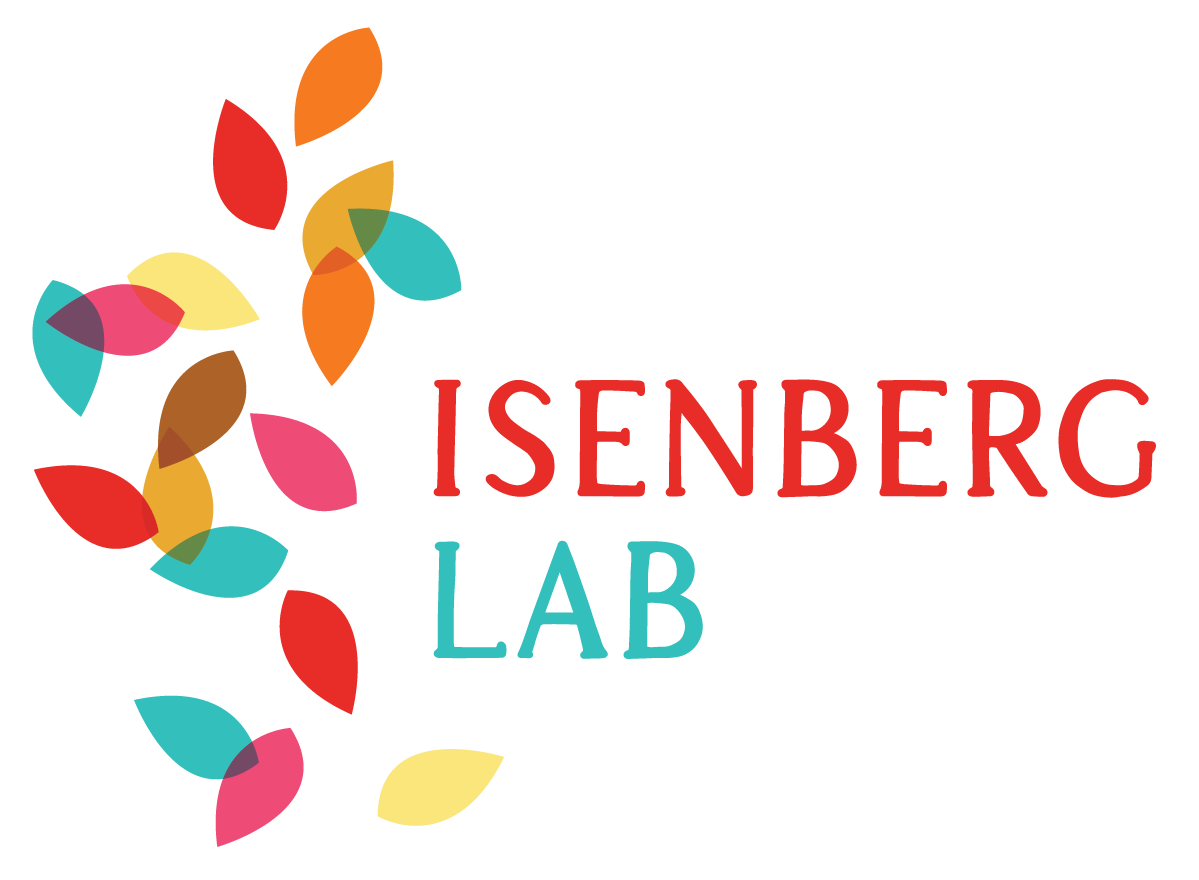-
Jennifer Kershaw is a representational painter working in oils, building the image up with glazes of colour, in the tradition of Dutch still life and Canadian painter, Mary Pratt.
She has always been inspired by the transformative power of light and enjoys exploring how it can elevate the simple and everyday objects around us into something jewel-like and extraordinary. Light is transient and mutable, and painting it is a way of hanging on to a moment that will drift and disappear. Painting light with transparent layers and linseed glazes is a slow process; a physical contemplation of mortality and the need to enjoy, savour, and celebrate what we have while we have it, because as a wise Beatle once said, "Tomorrow never knows".
Jen was born in Scarborough, Ontario, and then lived in Milton, Ontario after her father’s untimely passing in 1990. In 2004, she earned her B.A. Honours degree from the University of Guelph. There, in the paint spattered studios of Zavitz Hall, she began to specialize in painting under Monica Tap and had her revelatory collision with the work of Mary Pratt.
Her work is held in private collections in Canada and the United States.
-
Like death itself, this painting is personal and specific.
I was six years old when my beloved Grandma lay dying of cancer in hospital. She wanted so badly to have one of her homemade cinnamon sugar doughnuts, but it was the eighties, when even a dying woman was not permitted to have a doughnut because it was not “nutritious”. My mother made the doughnuts anyway, and smuggled them into the crowded hospital room in a paper bag. My Grandma was able to share a moment of stolen joy with her daughter in her last days.
I was 34 when my friend and mentor, Bill, was dying of cancer in hospital. He requested that visitors not bring flowers or cards, but snacks. The last time I saw him on this Earth, he was enjoying a package of fresh raspberries, tart and sweet. We spoke of life, death and religion. Bill was non-religious/agnostic the entire time I knew him and, like me, a lapsed Catholic. I was surprised, but also not, that on his deathbed he had returned to the faith and had requested the seventh sacrament. The power of religion is as strong as the need for meaning and absolution at the end of one’s life.
I was 42 when Denise, my friend, since deceased, told me how her 90-year-old mother in palliative care had no appetite for anything but ice cream. Thankfully, the hospice allowed her to have a daily indulgence of cold sweetness, evoking happy memories even while her body failed. That compassion, once denied my own Grandma, had made all the difference. It had helped mother and daughter forge one last connection before the end.
This work focuses on the cultural connections for which we yearn in our final days. How they bring us comfort and a sense of closure and continuity. The primacy and immediacy of family is represented by rich, simple foods — the taste of home: yard-fresh berries, homemade doughnuts and decadent ice cream. They represent normalcy and connection with loved ones living and dead. This piece also speaks to the still life tradition of Memento Mori: The ice cream will melt, the doughnut stale, and the fruit rot. It alludes to spiritual need via the reverent, shadowed background and rosary spilling over gilt-edged religious texts.
Sense memory and celebration, warmth and comfort, are evoked through the palette of rich oils – a swirl of reds and pinks against warm, golden greens, heightened by their proximity to cold cut glass and reflective metal. There are deep shadows signaling death and the unknown but also pops of bright colour to signify that there can be light and flavour even in the darkest times.
This painting was built with transparent layers to capture the depth and complexity of each object, particularly the momentary and fleeting character of light. This method requires many weeks to build up the illusion of life. It is a deliberate, contemplative process. The act of painting and the painting itself are meditations on fragility, mortality, and the connections we make in life and in death.
Previous
Previous
"I'm OK"
Next
Next




